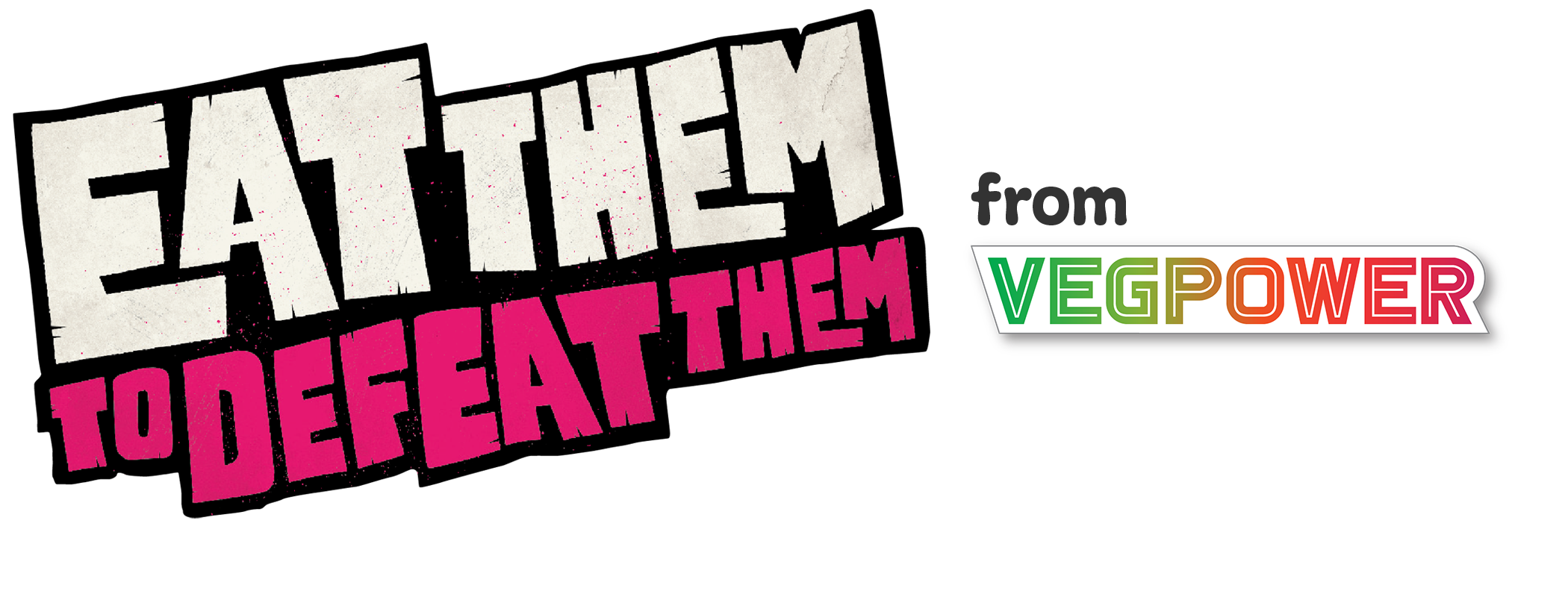There are many ways to use vegetables, cooking and growing as part of maths teaching within the curriculum. Now, more than ever, it is crucial to instil food awareness and healthy eating habits in the children we teach, and repeated exposure to and interaction with vegetables is key to a healthy relationship with them, so why not try and include some or all of these ideas into your class or at home?
Vegetables as manipulatives
There are obvious benefits of using natural objects and non-uniform items as manipulatives. They add a sensory element to the mathematical experience and because vegetables have different textures, sizes, colours and smells, they also provide more tactile stimulation to children which helps to improve their hand/finger awareness and coordination.
Try:
- Making repeating patterns with two different vegetables (e.g. 2x green beans and 1x onion), ask the child to copy, continue and then try their own pattern for someone else to copy, etc.
- Select a Numicon shape and drop peas or carrot slices in the Numicon holes to aid counting and 1:1 correspondence.
- Estimate ‘How many?’ of each type of vegetable are in a small bowl (e.g. peas, radishes, carrot slices): separate the veg by type and arrange in Numicon shapes, estimating how many and then arranging into Numicon patterns to find how many without counting. This construction of ordered sets supports accurate counting and helps children to hold and recall a visual image of an amount to support abstract thinking and manipulating of numbers in their head.

Growing vegetables
Whether you have an established allotment on site or are limited on space and using a tub or bag to grow tomatoes, there is a wealth of opportunity to use mathematical skills in the quest to grow healthy vegetables! Some of these are highlighted below:
- Try a taste test asking children to try a selection of vegetables that can be grown in the school grounds. Graph their preferences and plant the favourites – following any instructions given.
- Ask children to plan for planting a vegetable patch within a given budget – what will they need? E.g. seeds, soil, watering can, trowel, etc. how much do these items cost and what can they buy within the budget?
- Measurement and timing skills are central to the successful growing of vegetables:
- Making sure the seeds are planted at the right time of year and at the correct depth and distance apart
- Daily/weekly measuring of height once they have sprouted
- Calendarizing when different vegetables will be ready to be harvested
- Ask the children to set up a timetable for the looking after of the vegetable patch and the jobs that need to be completed:
- Predict when different vegetables will be ready to harvest
- Work out how long each gardening task takes
- Plan how many people are needed to tend to the patch on the rota
- Plan how and when they will be harvested;
- Plan a healthy meal around the crop
- Make best use of the allotment area or veg patch by planning what to plant across the year and seasons.

Cooking
Cooking with children allows for naturally rich mathematical conversations and provides an opportunity to use ratio, fractions, weights and measures in real life scenarios.
- Find a recipe that uses vegetables harvested from the veg patch – how many portions will the recipe make? How will this need to be adjusted to feed x people (scaling up, multiplying or scaling down using division and fractions as appropriate)?
- Write a shopping list and find out how much the ingredients cost from the supermarket. Work out the per portion cost.
- When cooking with children, draw their attention to the timings, weights and measures:
- How long will this take to prepare and cook?
- What temperature does the oven need to be on?
- If the broccoli takes 5 minutes to cook, when do we need to put the carrots on to boil?
- Ensure children get practice weighing ingredients and following instructions, adjusting for any scaling up or down that has been worked out.
- How many place settings do we need, how many knives, forks and plates are required?
- Pay attention to fair shares when making up the portions and serving the food.
Download your free Numicon vegetable themed activities here.

Find out more about Numicon and how you can use it in school or at home here.
Oxford University Press and Numicon are supporting the Eat Them to Defeat Them campaign, which encourages children to eat more vegetables by building a better relationship with them.





